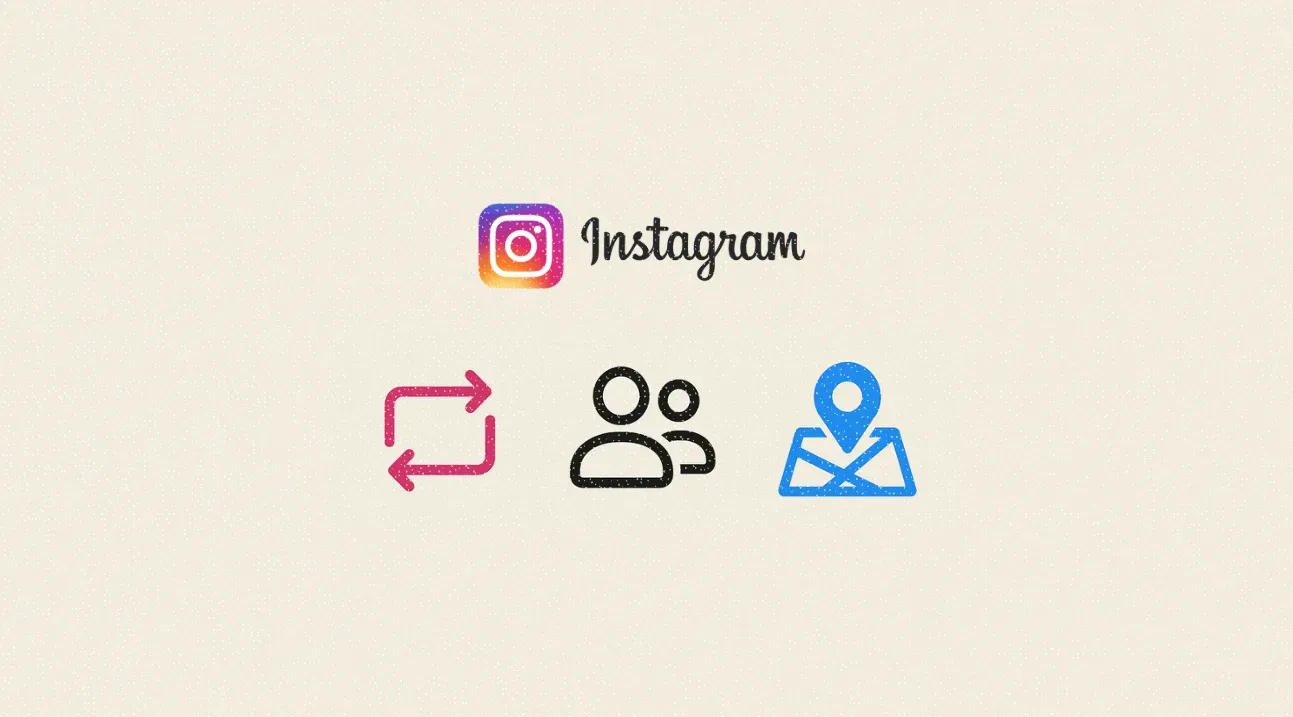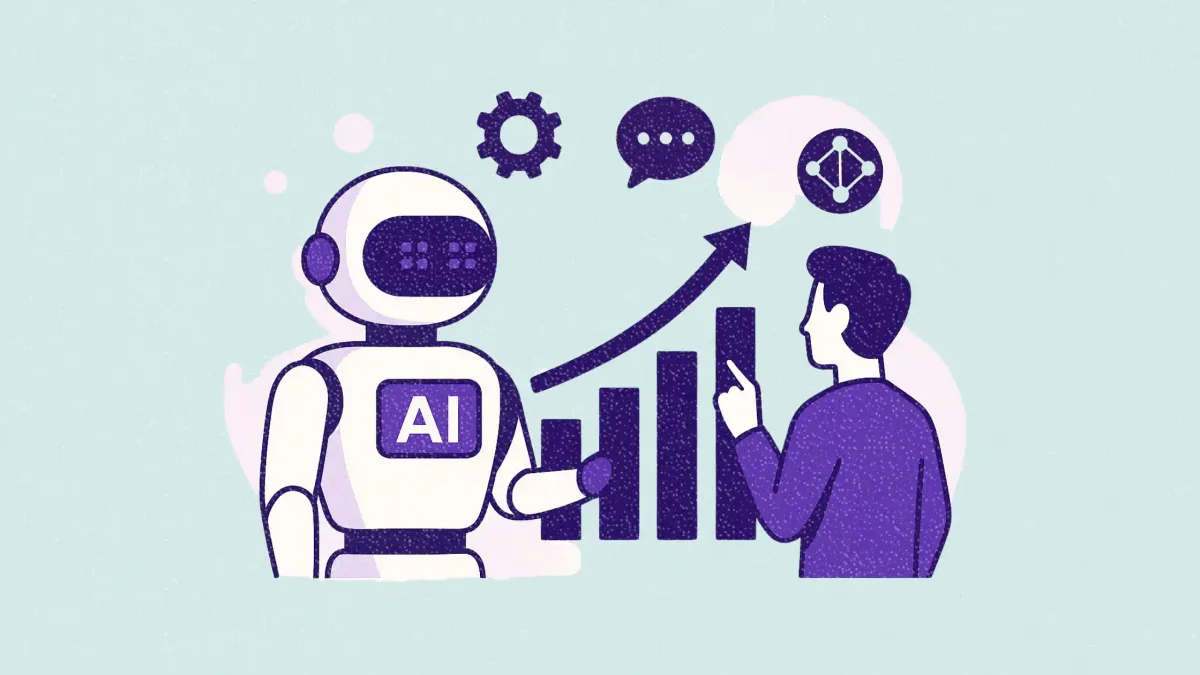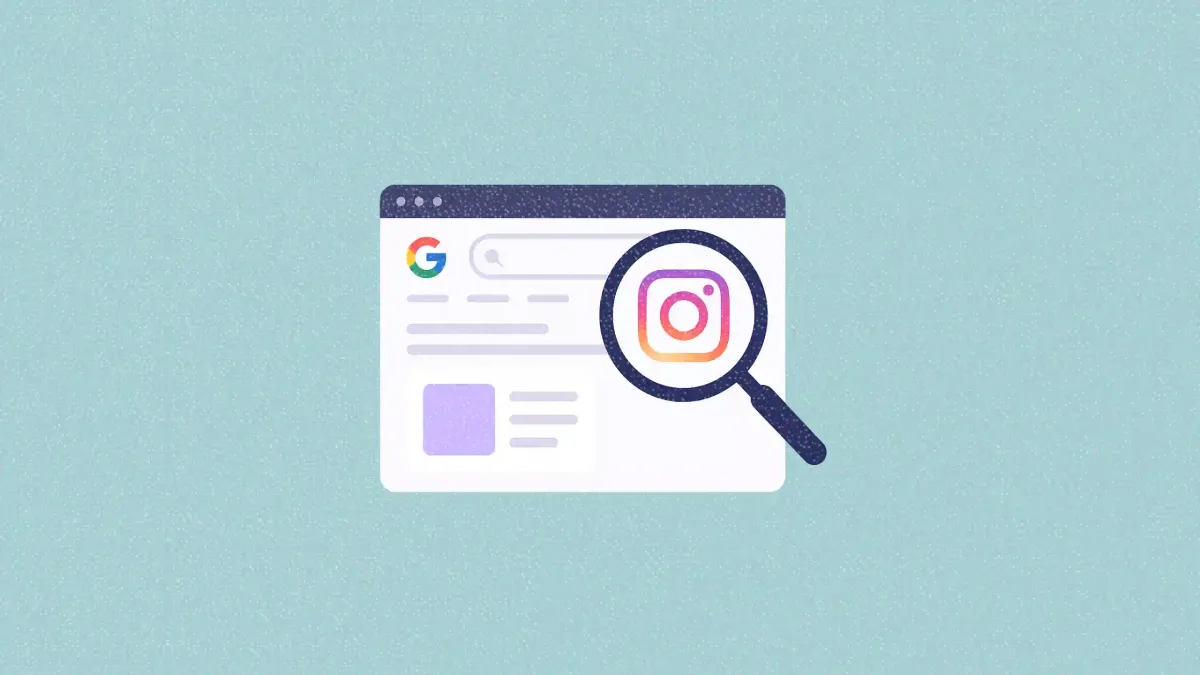Instagram adds new repost, friends tab, and map tool
Instagram adds reposting, a friends-focused content tab, and a Snap Map lookalike. Here’s what it means for brand strategy

Instagram is making another play in the attention economy, rolling out three new features that borrow from its fiercest rivals: TikTok and Snapchat. The updates include a repost button for feed posts and Reels, a Friends tab to spotlight content from connections, and a map feature for location sharing within messages.
The move signals Instagram’s continuing push to tighten social loops, encouraging users to see, share, and react to content from people they already know rather than just from the algorithm’s global feed. For brands, that means more competition for attention inside increasingly private, interest-driven spaces.
This article breaks down each update, examines why Instagram is doing this now, and explores how marketers can adapt their strategies to maintain visibility.
Short on time?
Here is a table of content for quick access:

What's new on Instagram?
Instagram’s repost feature lets users reshare posts and Reels from others directly to their profile. Reposts will appear in a dedicated tab, separate from original content, giving creators another way to extend reach without making new posts.
The Friends tab is designed to surface posts that friends have recently engaged with, alongside “Blends” which are private, user-curated feeds of recommended Reels. This is Instagram’s answer to TikTok’s Following tab, making personal networks a bigger driver of content discovery.
The most controversial addition may be Instagram’s optional map feature, accessible through direct messages. Similar to Snapchat’s Snap Map, it allows users to share their most recent in-app location with selected friends or groups.
Location sharing is opt-in, off by default, and can be toggled for certain people or places. For teens, parental supervision settings apply, limiting how much location information they can share.

Why is Instagram doing this now?
The updates land in a competitive social media climate where TikTok’s algorithm still dominates viral discovery and Snap maintains a niche in real-world friend connectivity.
By merging repost mechanics that amplify content with private network exploration that fosters intimacy, Instagram aims to keep users engaged without forcing them to choose between platforms.
The Friends tab also plays into Meta’s broader strategy of promoting engagement that feels personal, increasing the likelihood that users spend time scrolling through content tied to their actual social circles.
What marketers should know
Instagram’s latest feature shifts could change how your content is discovered, shared, and measured. Here’s what to watch for and how to adapt.
- Reposts could reshape organic reach
Reposts may give brand content a second life if followers choose to amplify it to their networks. Consider creating assets that are easily shareable, short, punchy, and visually compelling enough to warrant a repost.
- Private discovery means harder tracking
With more engagement happening in semi-private tabs and message threads, marketers may find traditional engagement metrics less reflective of true content performance. This makes first-party data collection and community management even more critical.
- Location features open local marketing opportunities
The map tool could be used for hyperlocal campaigns if Instagram expands business integrations. However, given privacy sensitivities, brands should tread carefully and ensure opt-in incentives feel valuable.
- Competition for the Friends tab
If the Friends tab becomes a high-engagement zone, brands will need to encourage loyal customers to interact with their posts so that their activity surfaces brand content to others. Think loyalty programs, exclusive drops, or behind-the-scenes content that drives interaction.
Instagram’s latest updates mark a shift toward smaller, friend-driven discovery and away from purely algorithmic feeds. For brands, that means it is time to rethink how content circulates, balancing public reach with private influence. Those who adapt quickly could turn these new social loops into conversion loops.
This article is created by humans with AI assistance, powered by ContentGrow. Ready to explore full-service content solutions starting at $2,000/month? Book a discovery call today.
https://calendly.com/enrickoman/call-with-contentgrow?ref=contentgrip.com



